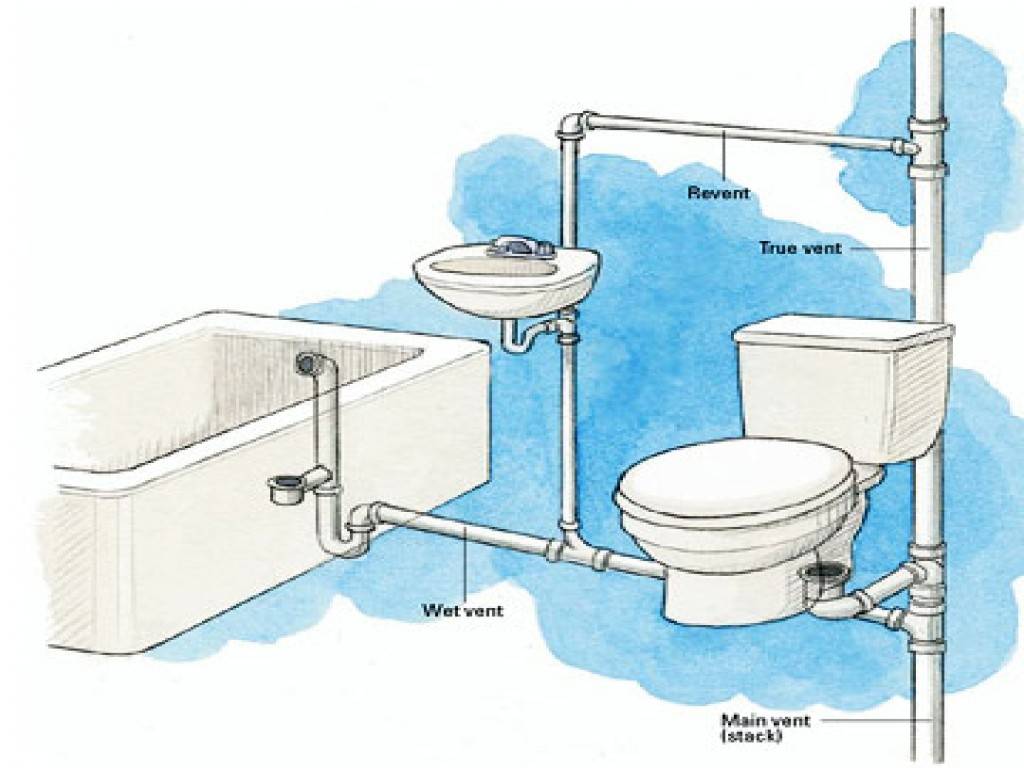Memory foam mattresses are known for their luxurious comfort and support, making them a popular choice for many sleepers. However, over time, these mattresses may start to sag in the middle, leaving you with an uncomfortable and unsupportive sleeping surface. Not only is this frustrating, but it can also lead to back pain and restless nights. So, what can you do about a memory foam mattress sinking in the middle? We've got you covered with these top 10 solutions.Say Goodbye to Sinking Mattresses: Top 10 Solutions for Memory Foam Mattress Sinking in the Middle
Before you can solve the issue, it's important to understand why your memory foam mattress is sinking in the middle. The most common reasons include poor support, improper care, and the natural wear and tear of the foam. Once you determine the cause, you can take the necessary steps to fix the problem.1. Identify the Cause of the Sinking
If your memory foam mattress is sinking due to poor support, adding extra support can be a simple and effective solution. This can be done by placing a sturdy foundation or box spring underneath the mattress, or using a solid platform bed frame. These options provide a firm and even surface for your mattress to rest on, preventing it from sinking in the middle.2. Add Extra Support
If your mattress is sinking due to natural wear and tear, adding a mattress topper can help revive its support and comfort. Look for a high-density memory foam topper that will provide extra cushioning and support to the middle of your mattress. This can also be a cost-effective solution compared to replacing the entire mattress.3. Use a Mattress Topper
Most memory foam mattresses come with a warranty that covers manufacturing defects and sagging beyond a certain depth. If your mattress is still under warranty, it's worth checking to see if you can get a replacement or repair for a sinking middle. Be sure to follow the care instructions and use a proper foundation to avoid voiding the warranty.4. Check the Warranty
Rotating or flipping your mattress regularly can help prevent sagging in the middle. This is especially important for older memory foam mattresses that may be more prone to sinking. Consult your mattress's care instructions to determine the best rotation schedule and method.5. Rotate or Flip Your Mattress
If you or your partner are on the heavier side, your memory foam mattress may be more prone to sinking in the middle. This is because the foam is designed to contour to your body, and heavier weight can cause more compression. In this case, opting for a higher foam density or a firmer mattress may provide better support and prevent sagging.6. Consider Your Body Weight
If your memory foam mattress is old and worn out, it may be time to invest in a new one. The average lifespan of a memory foam mattress is around 7-8 years, and beyond that, the foam may start to lose its support and sag in the middle. Consider upgrading to a higher quality and denser foam for better durability and longevity.7. Invest in a New Mattress
Hybrid mattresses combine the support of traditional innerspring coils with the comfort and contouring of memory foam. This can be a great option for those who experience sinking in the middle with a memory foam mattress. The coils provide extra support, while the foam cradles your body for a comfortable and restful sleep.8. Try a Hybrid Mattress
The density of your memory foam can play a significant role in preventing sagging in the middle. Higher density foam is more durable and can withstand more weight and compression without losing its shape. If you're experiencing sinking in the middle, consider upgrading to a higher foam density mattress for better support and longevity.9. Check the Foam Density
How to Address a Sinking Memory Foam Mattress in the Middle
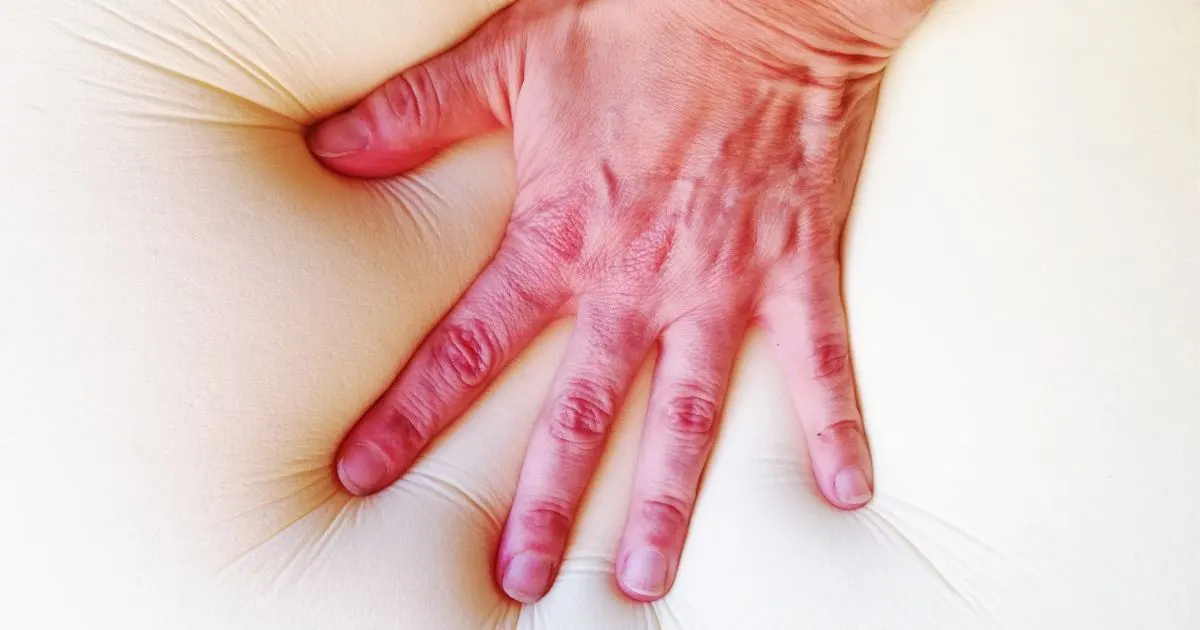
What Causes a Memory Foam Mattress to Sink in the Middle?
 A memory foam mattress is known for its ability to conform and contour to the body, providing a comfortable and supportive sleep surface. However, over time, many people may notice that their memory foam mattress begins to sink in the middle. This can be a frustrating and uncomfortable experience, leaving sleepers with back pain and discomfort. But what exactly causes a memory foam mattress to sink in the middle?
There are a few common reasons why a memory foam mattress may sink in the middle. One of the main culprits is the weight of the sleeper. Memory foam mattresses are designed to evenly distribute body weight, but if one person or side of the bed is significantly heavier than the other, it can cause uneven wear and tear on the mattress. This can lead to sagging and sinking in the middle.
Another cause of a sinking memory foam mattress is poor foundation or support. Memory foam mattresses require a solid, flat surface to properly support the body. If the foundation is weak or uneven, it can cause the mattress to sink in the middle. Additionally, using an old or worn-out box spring can also contribute to a sinking mattress.
A memory foam mattress is known for its ability to conform and contour to the body, providing a comfortable and supportive sleep surface. However, over time, many people may notice that their memory foam mattress begins to sink in the middle. This can be a frustrating and uncomfortable experience, leaving sleepers with back pain and discomfort. But what exactly causes a memory foam mattress to sink in the middle?
There are a few common reasons why a memory foam mattress may sink in the middle. One of the main culprits is the weight of the sleeper. Memory foam mattresses are designed to evenly distribute body weight, but if one person or side of the bed is significantly heavier than the other, it can cause uneven wear and tear on the mattress. This can lead to sagging and sinking in the middle.
Another cause of a sinking memory foam mattress is poor foundation or support. Memory foam mattresses require a solid, flat surface to properly support the body. If the foundation is weak or uneven, it can cause the mattress to sink in the middle. Additionally, using an old or worn-out box spring can also contribute to a sinking mattress.
How to Address a Sinking Memory Foam Mattress
 If you've noticed your memory foam mattress sinking in the middle, don't panic. There are some simple solutions that can help alleviate the issue and bring your mattress back to its supportive state.
First, try rotating your mattress regularly. This can help distribute weight and prevent uneven wear on the mattress. Most memory foam mattresses can be rotated from head to foot, as well as flipped over if it is a two-sided mattress. Doing this every few months can help prevent sinking in the middle.
If the cause of the sinking is an old or worn-out foundation, consider investing in a new one. A solid platform or adjustable bed base is ideal for supporting a memory foam mattress and can help prevent sinking in the future.
Another solution is to add a mattress topper. This can provide an extra layer of support and cushioning, helping to alleviate the sinkage in the middle of the mattress. Look for a memory foam or latex topper that is the same size as your mattress for the best results.
If you've noticed your memory foam mattress sinking in the middle, don't panic. There are some simple solutions that can help alleviate the issue and bring your mattress back to its supportive state.
First, try rotating your mattress regularly. This can help distribute weight and prevent uneven wear on the mattress. Most memory foam mattresses can be rotated from head to foot, as well as flipped over if it is a two-sided mattress. Doing this every few months can help prevent sinking in the middle.
If the cause of the sinking is an old or worn-out foundation, consider investing in a new one. A solid platform or adjustable bed base is ideal for supporting a memory foam mattress and can help prevent sinking in the future.
Another solution is to add a mattress topper. This can provide an extra layer of support and cushioning, helping to alleviate the sinkage in the middle of the mattress. Look for a memory foam or latex topper that is the same size as your mattress for the best results.
In Conclusion
 A sinking memory foam mattress in the middle can be a frustrating and uncomfortable experience, but it is not uncommon. By understanding the common causes and implementing some simple solutions, you can address the issue and bring your mattress back to its supportive state. Remember to rotate your mattress regularly, invest in a solid foundation, and consider using a mattress topper for added support. With these steps, you can enjoy a comfortable and supportive sleep on your memory foam mattress once again.
A sinking memory foam mattress in the middle can be a frustrating and uncomfortable experience, but it is not uncommon. By understanding the common causes and implementing some simple solutions, you can address the issue and bring your mattress back to its supportive state. Remember to rotate your mattress regularly, invest in a solid foundation, and consider using a mattress topper for added support. With these steps, you can enjoy a comfortable and supportive sleep on your memory foam mattress once again.


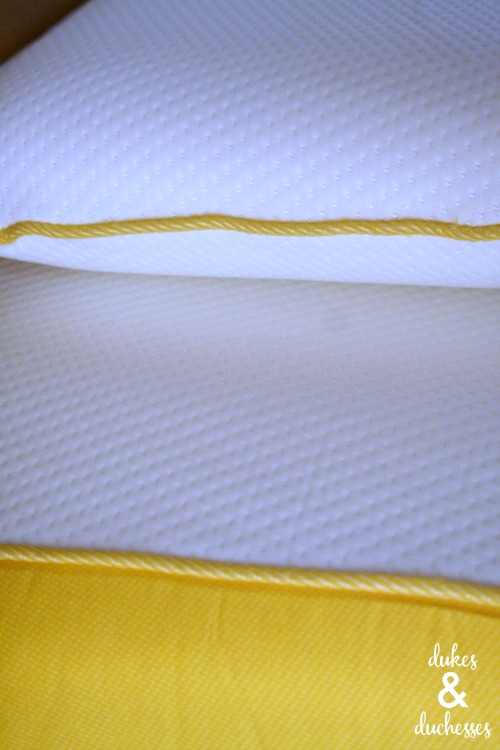
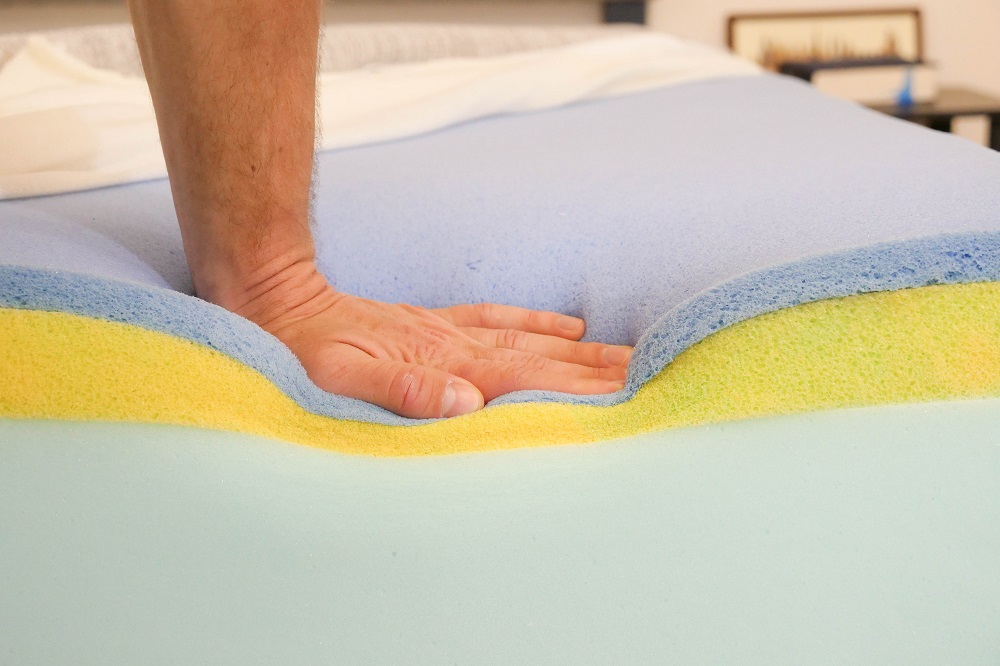
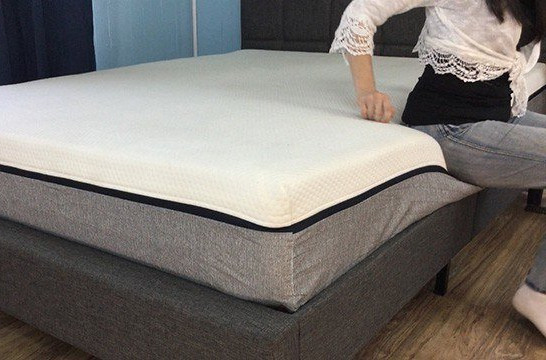
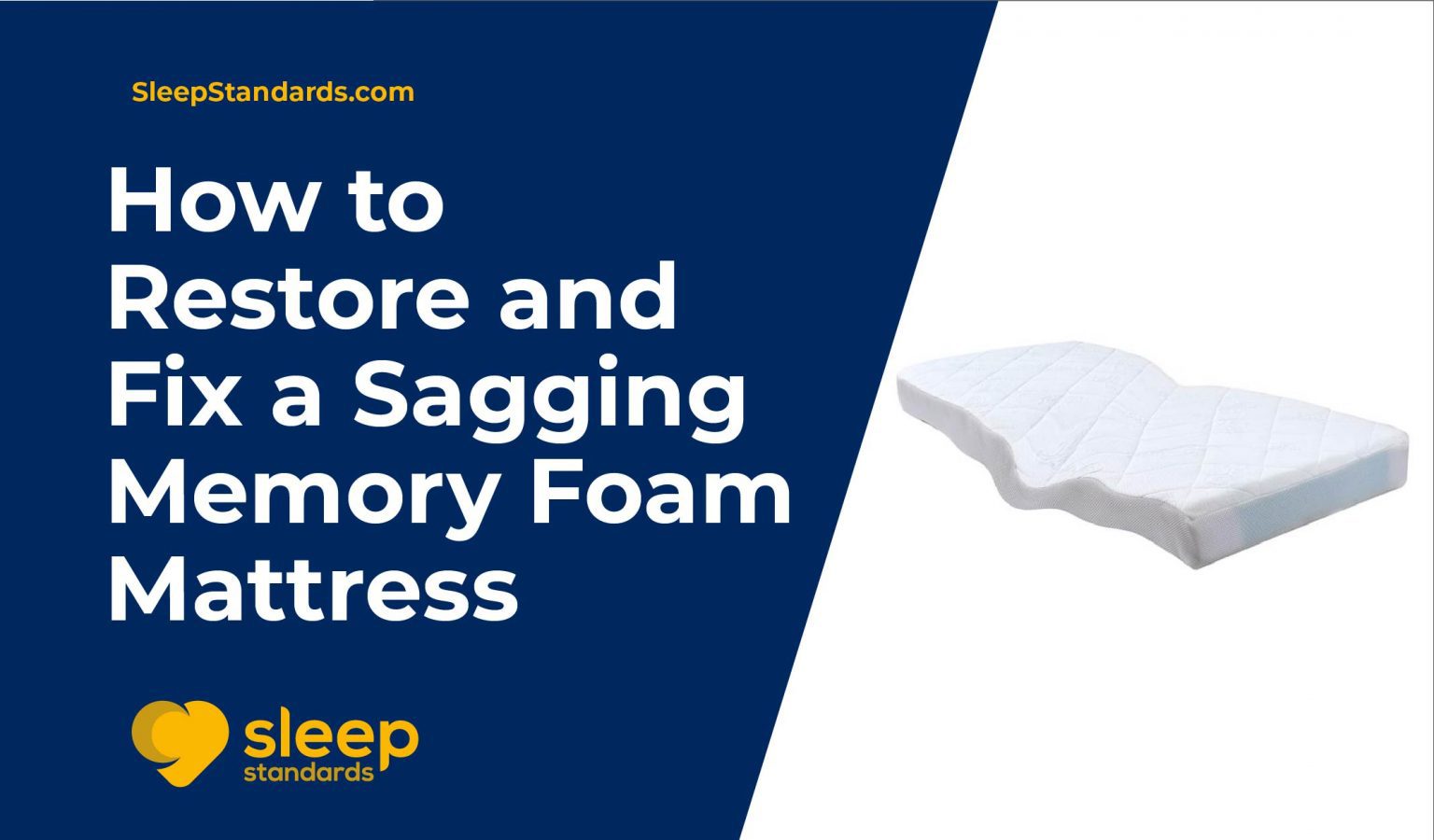

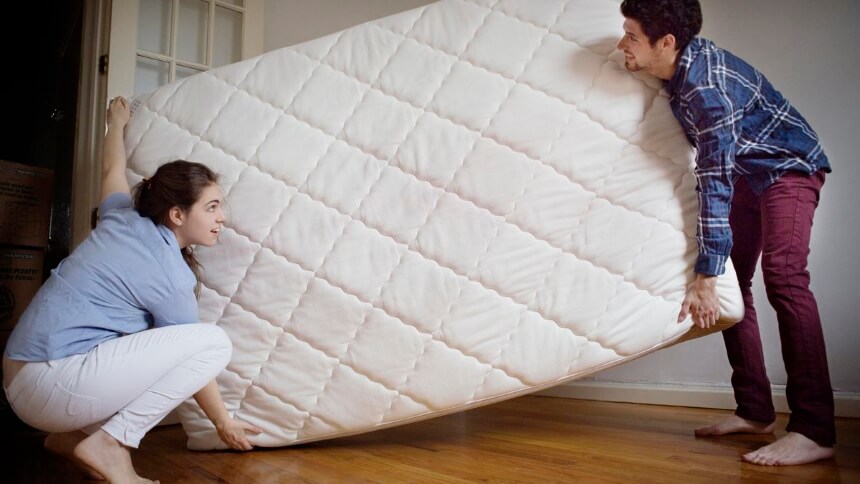

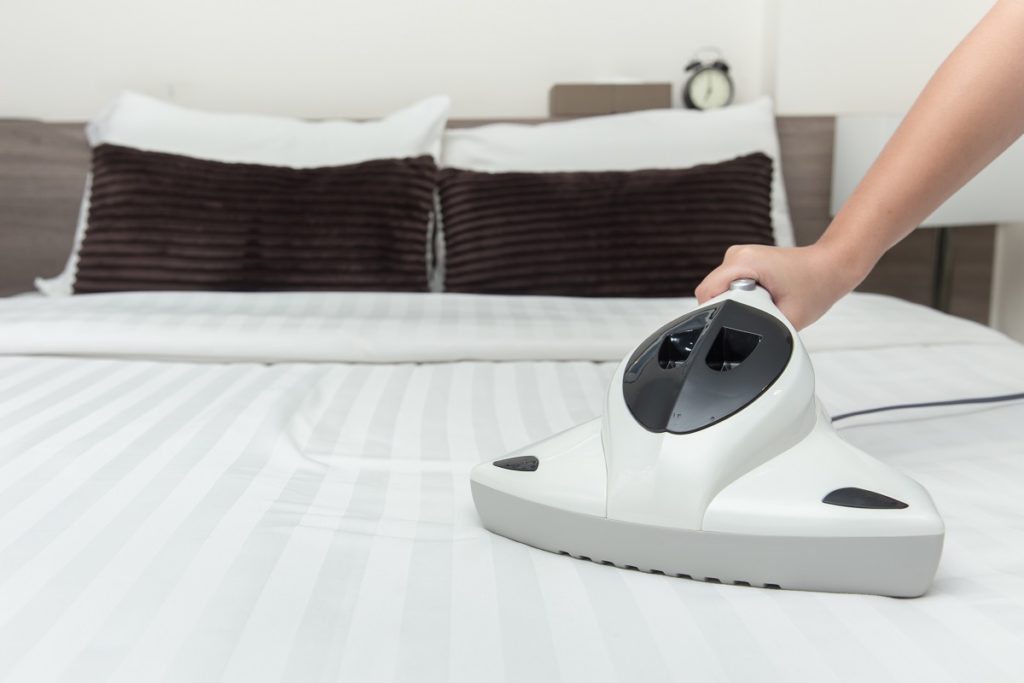
















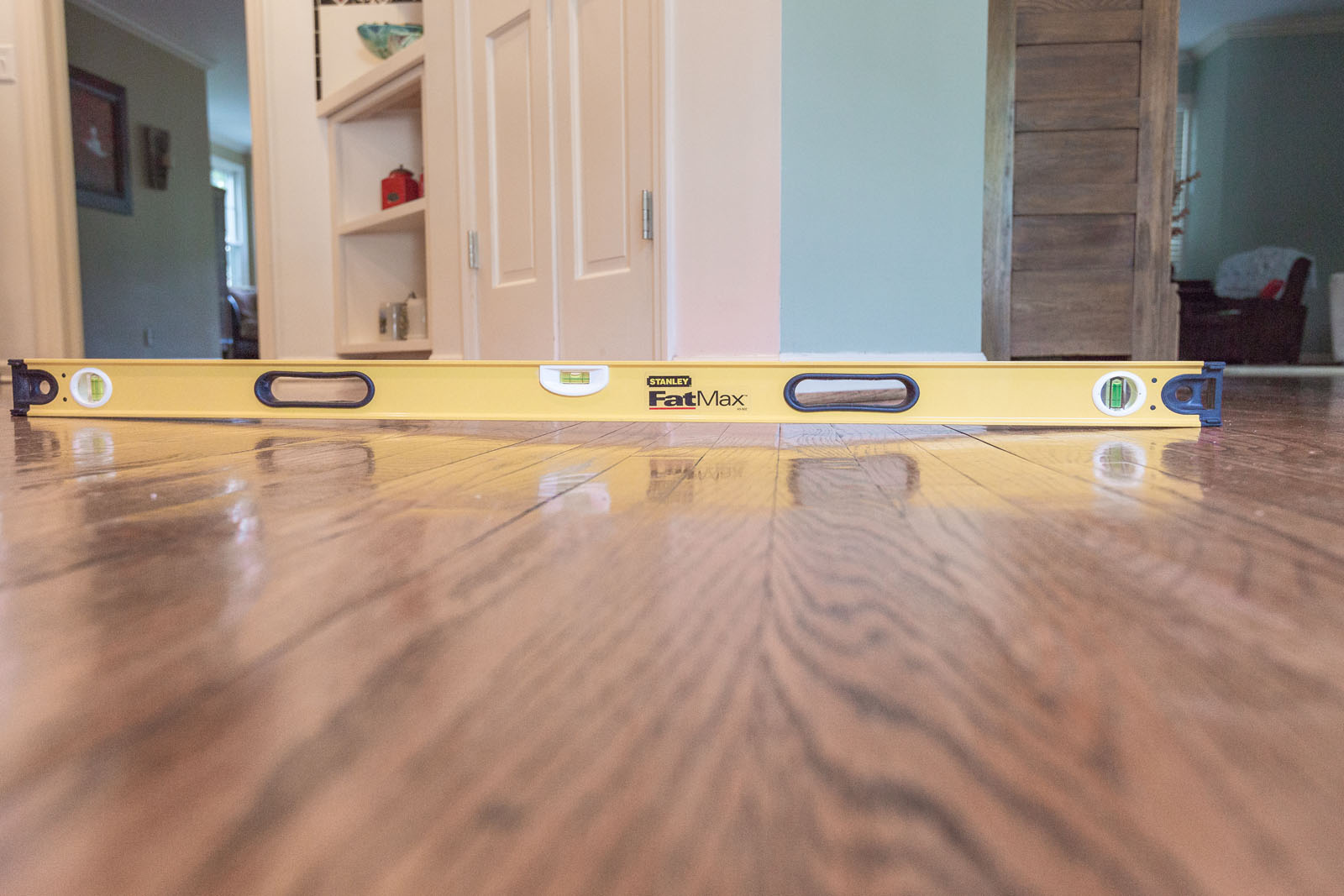




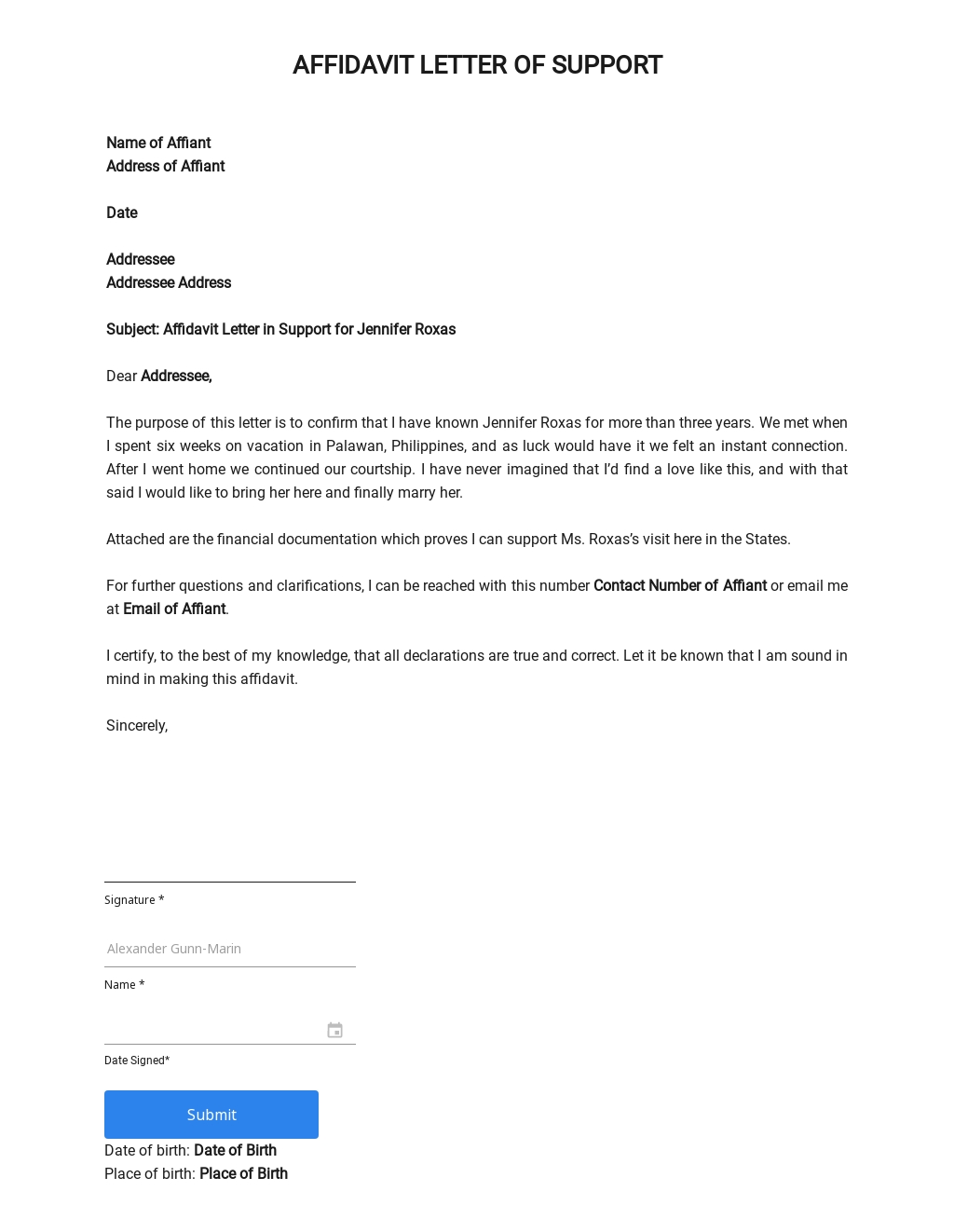












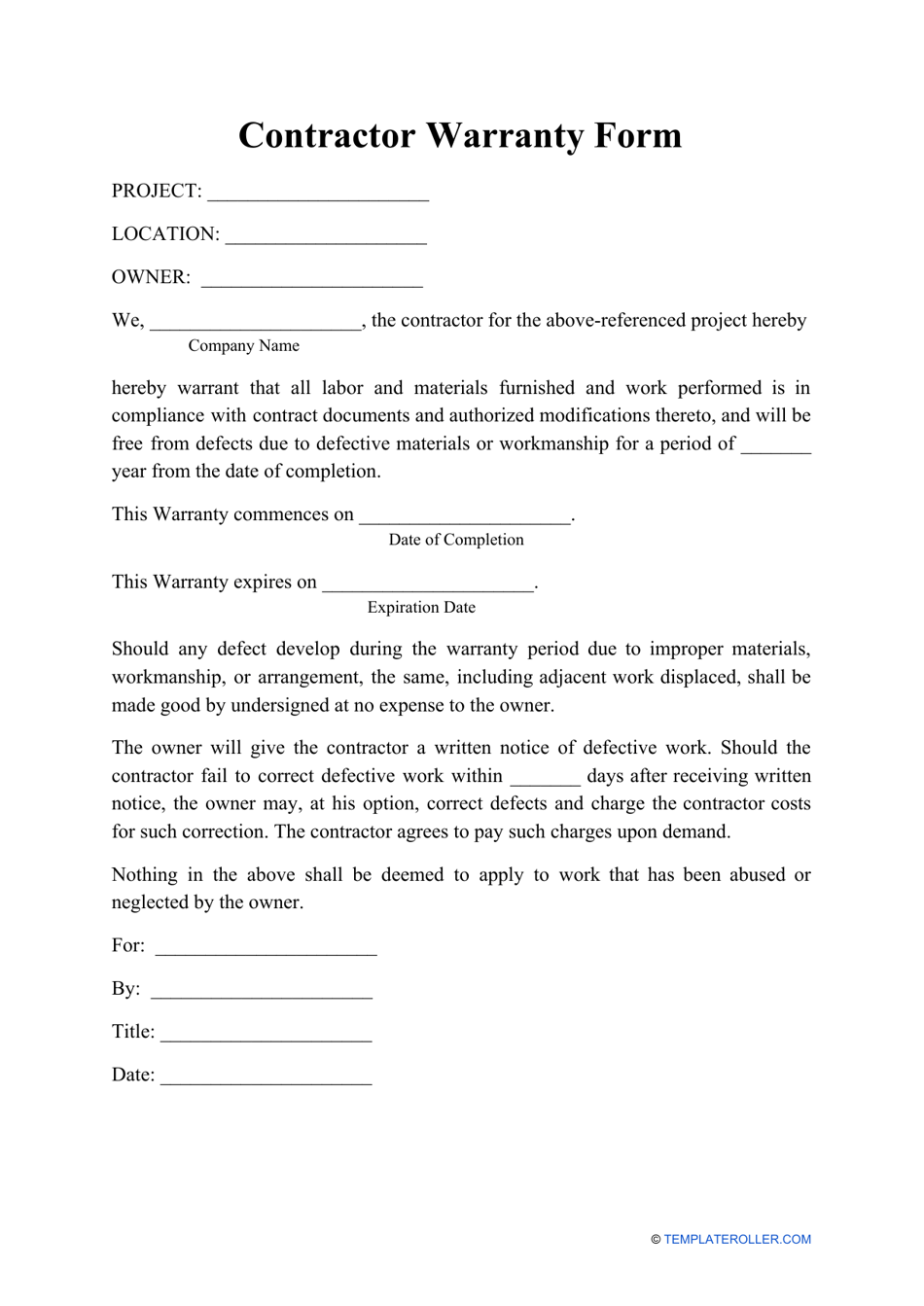











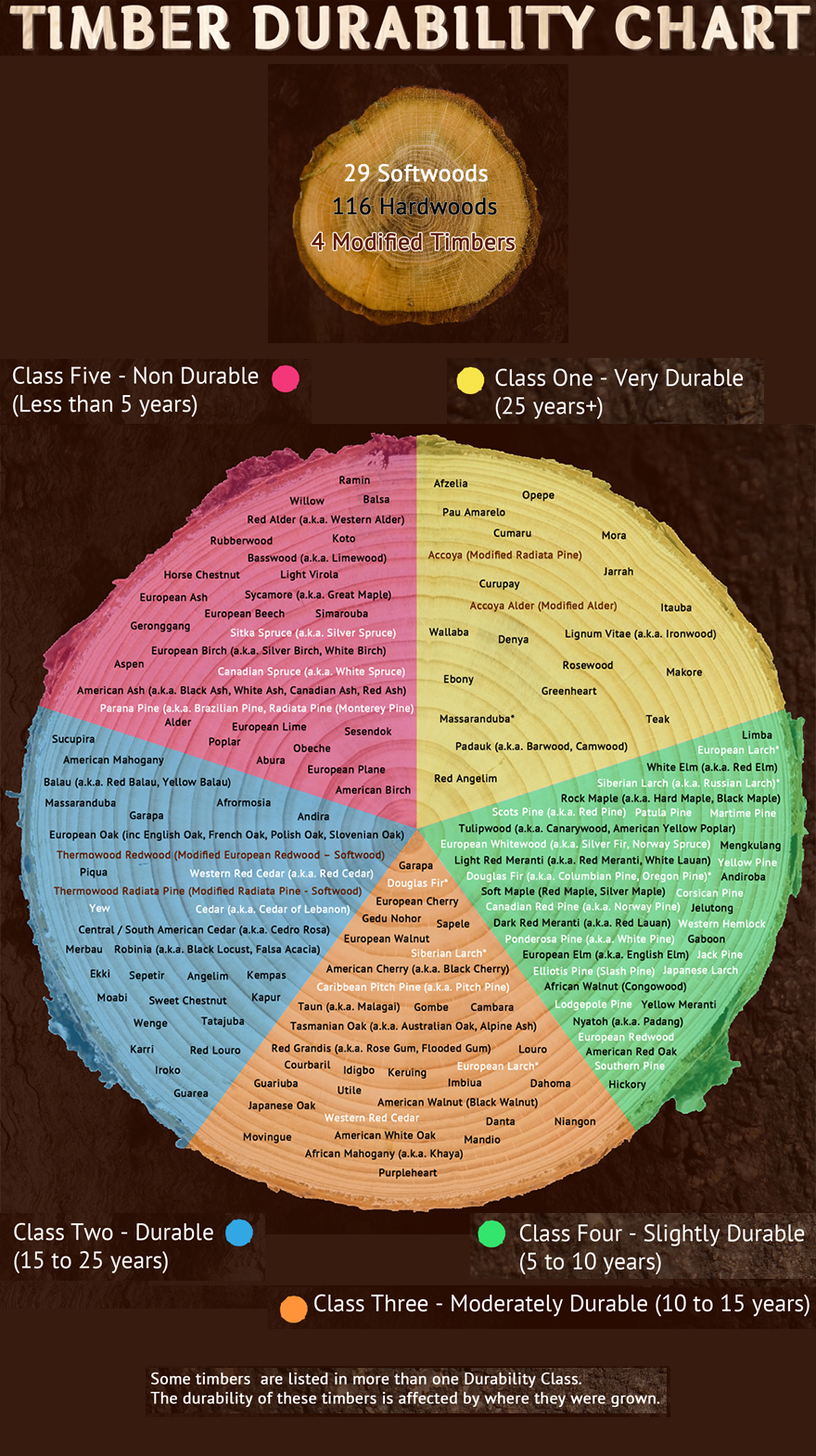


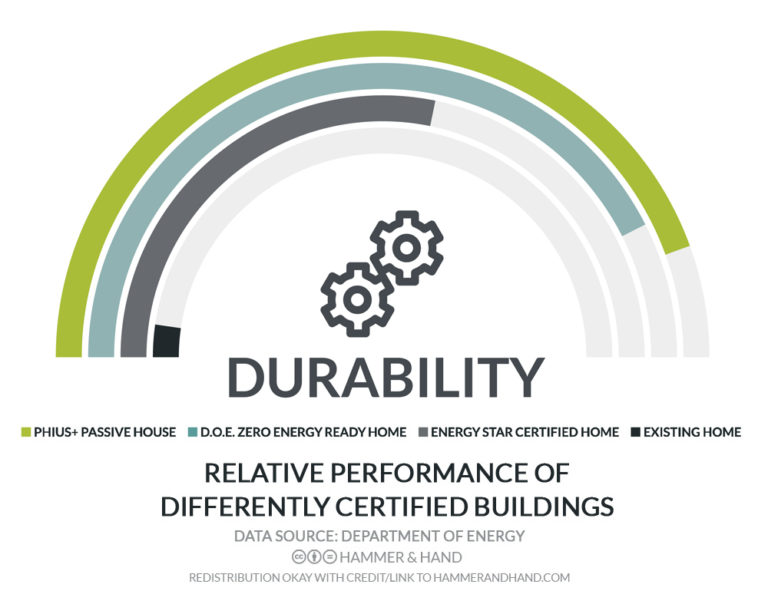






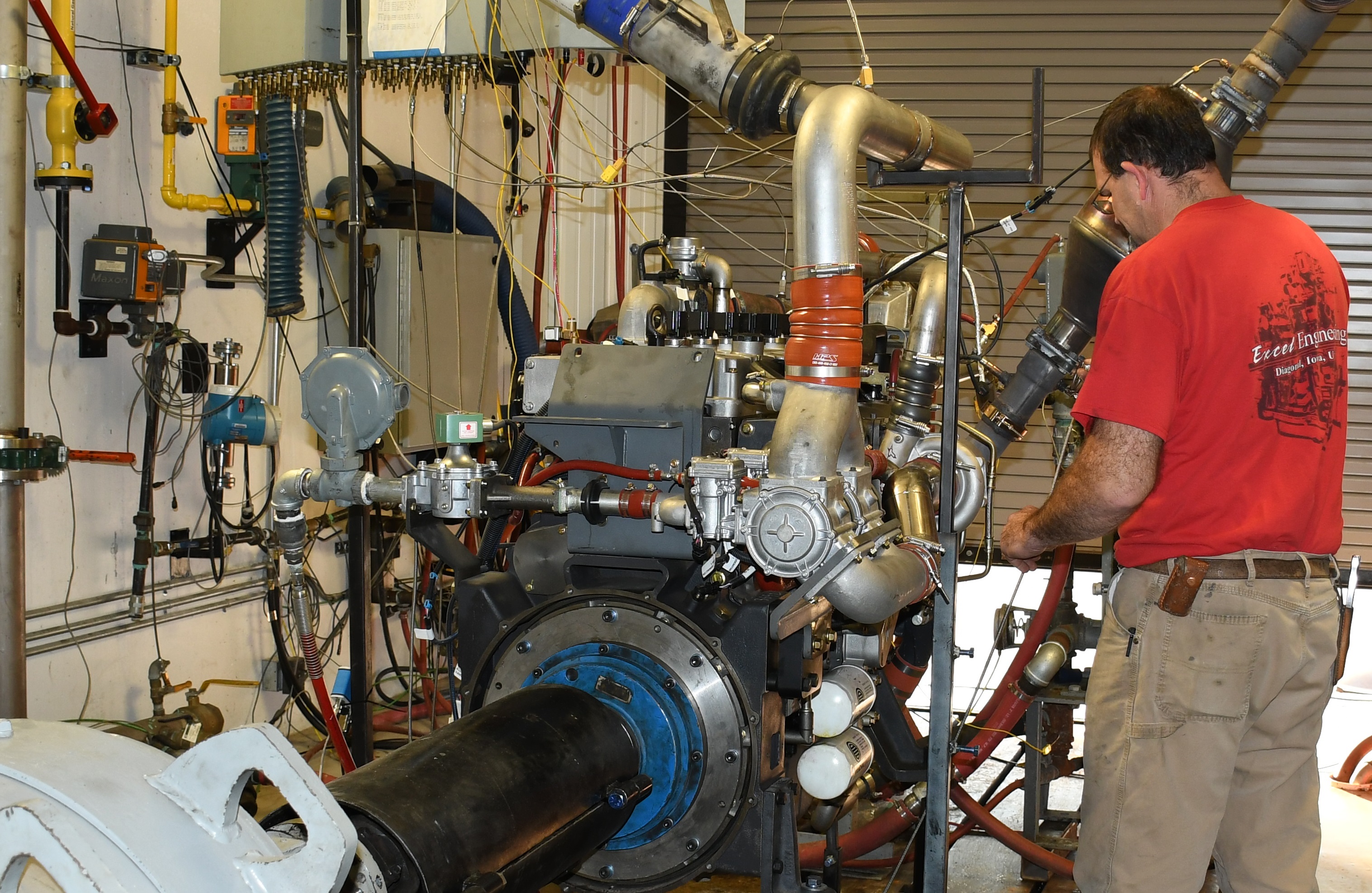













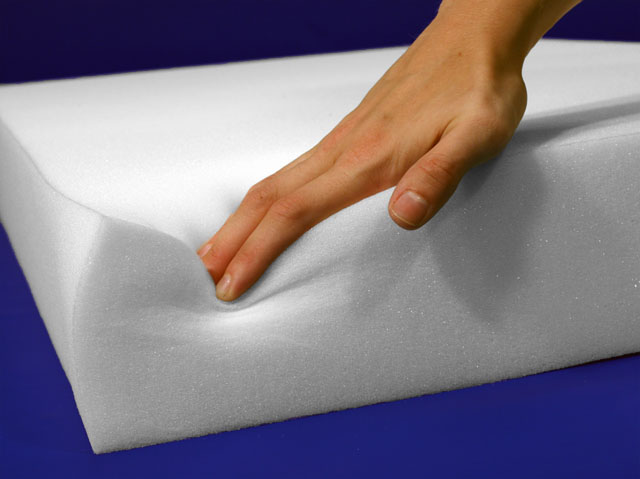
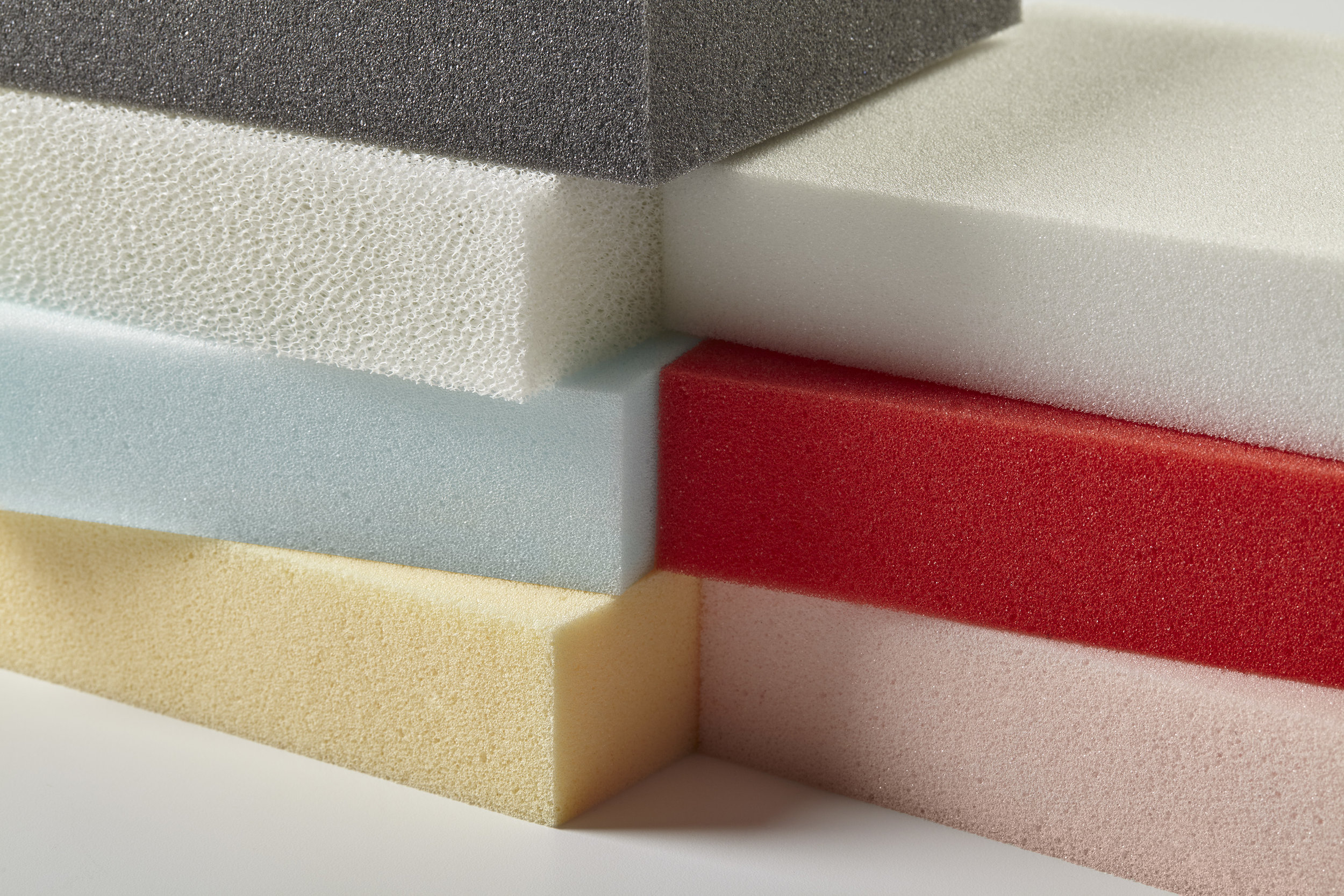

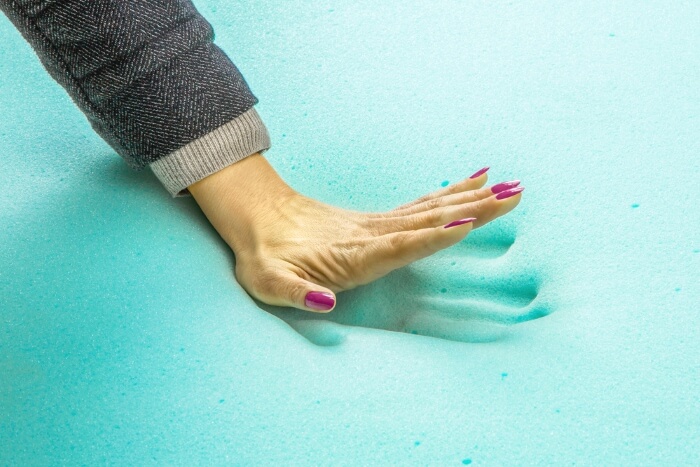
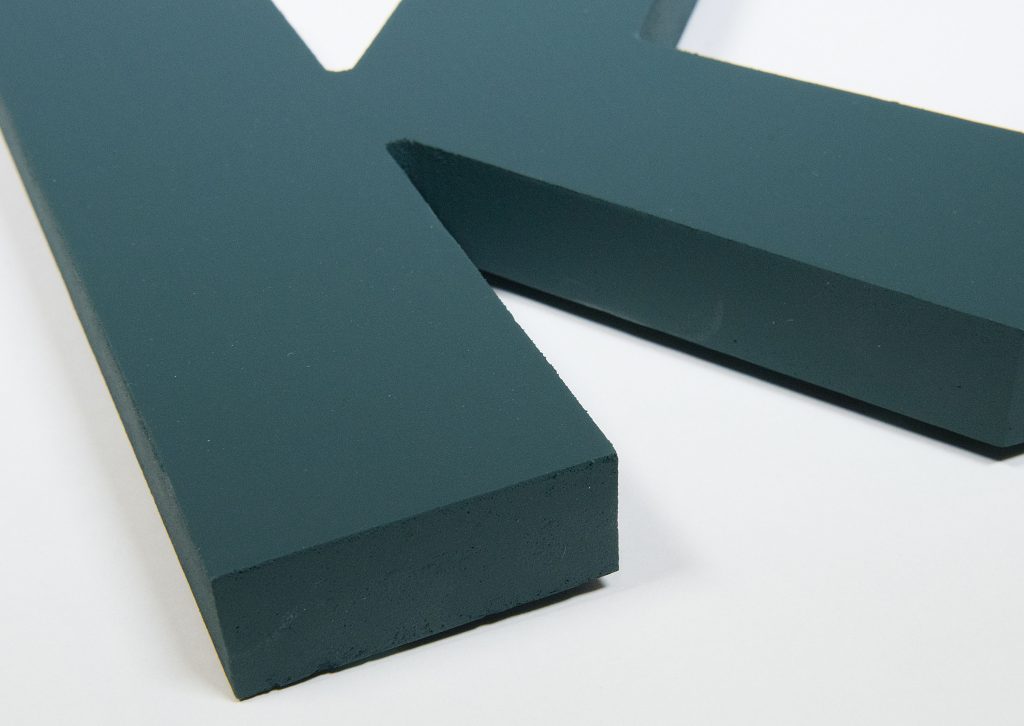
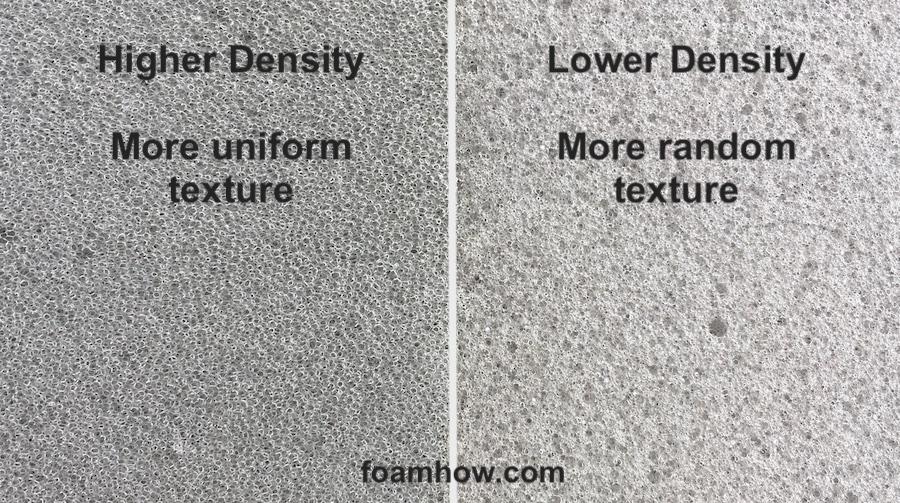





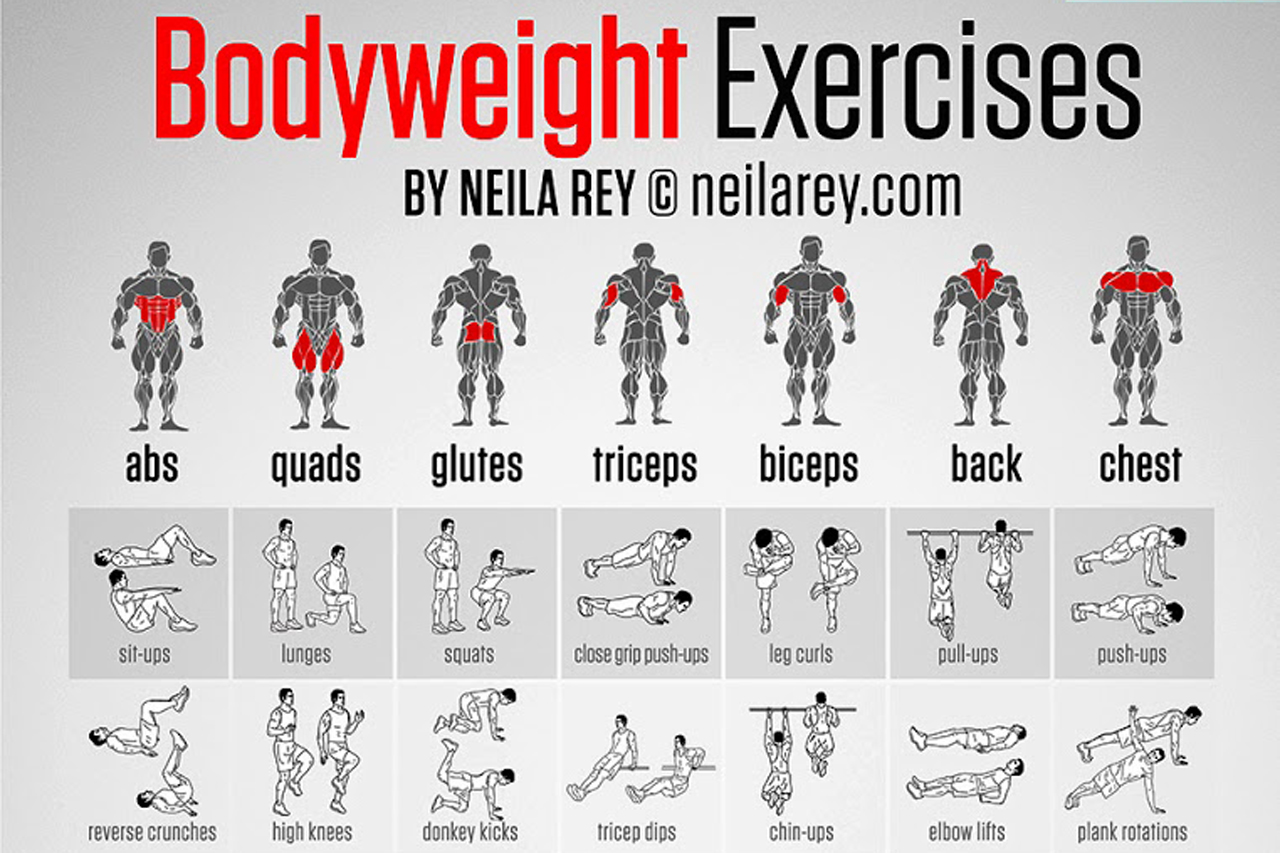

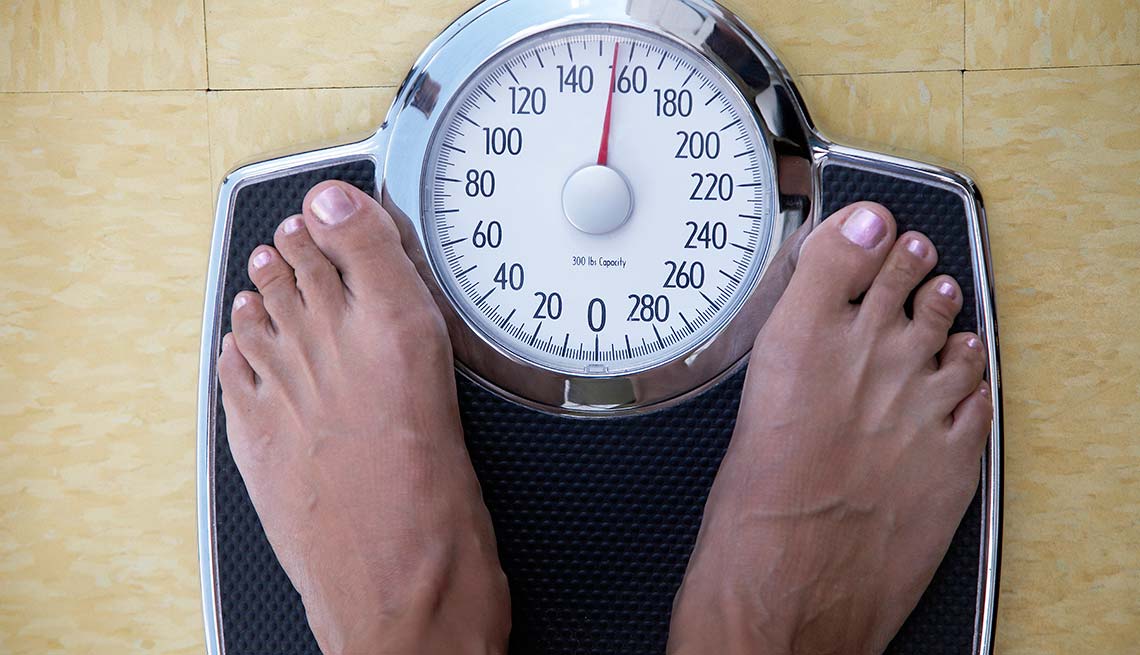

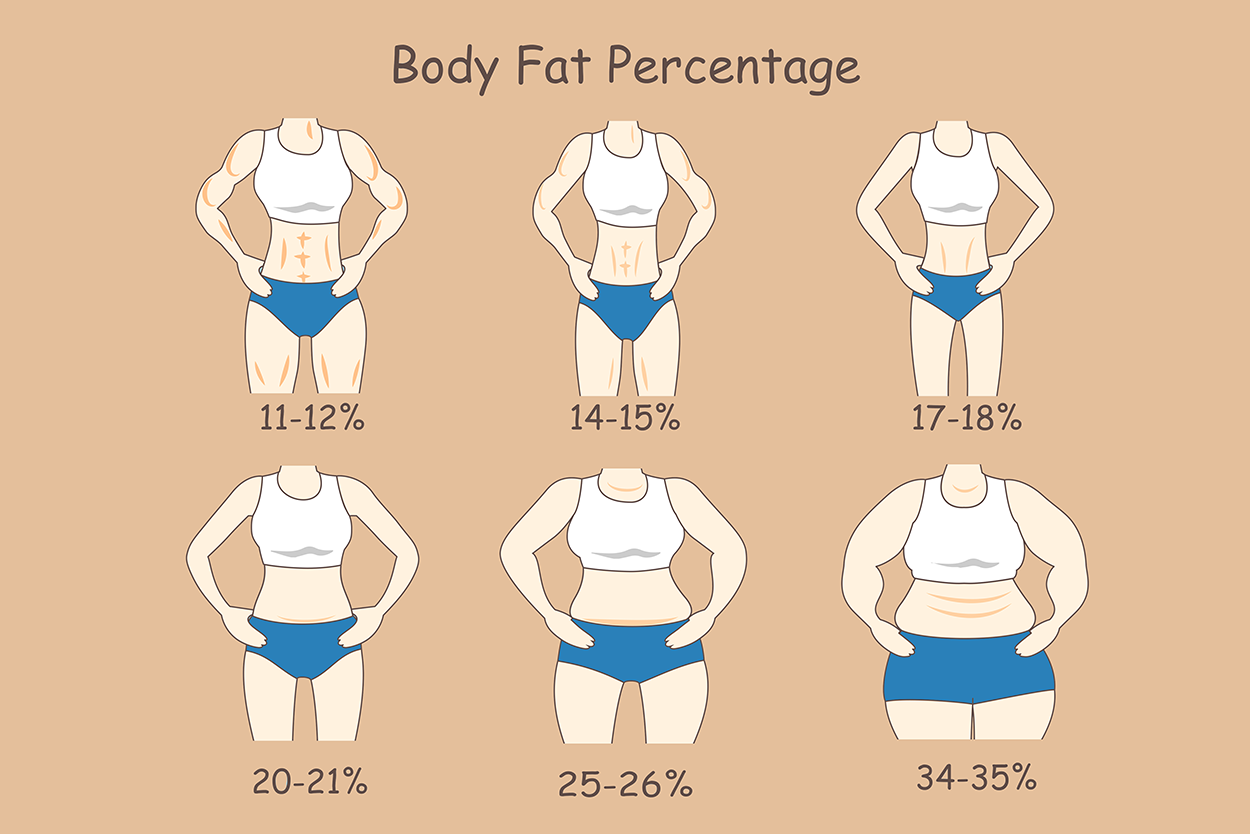





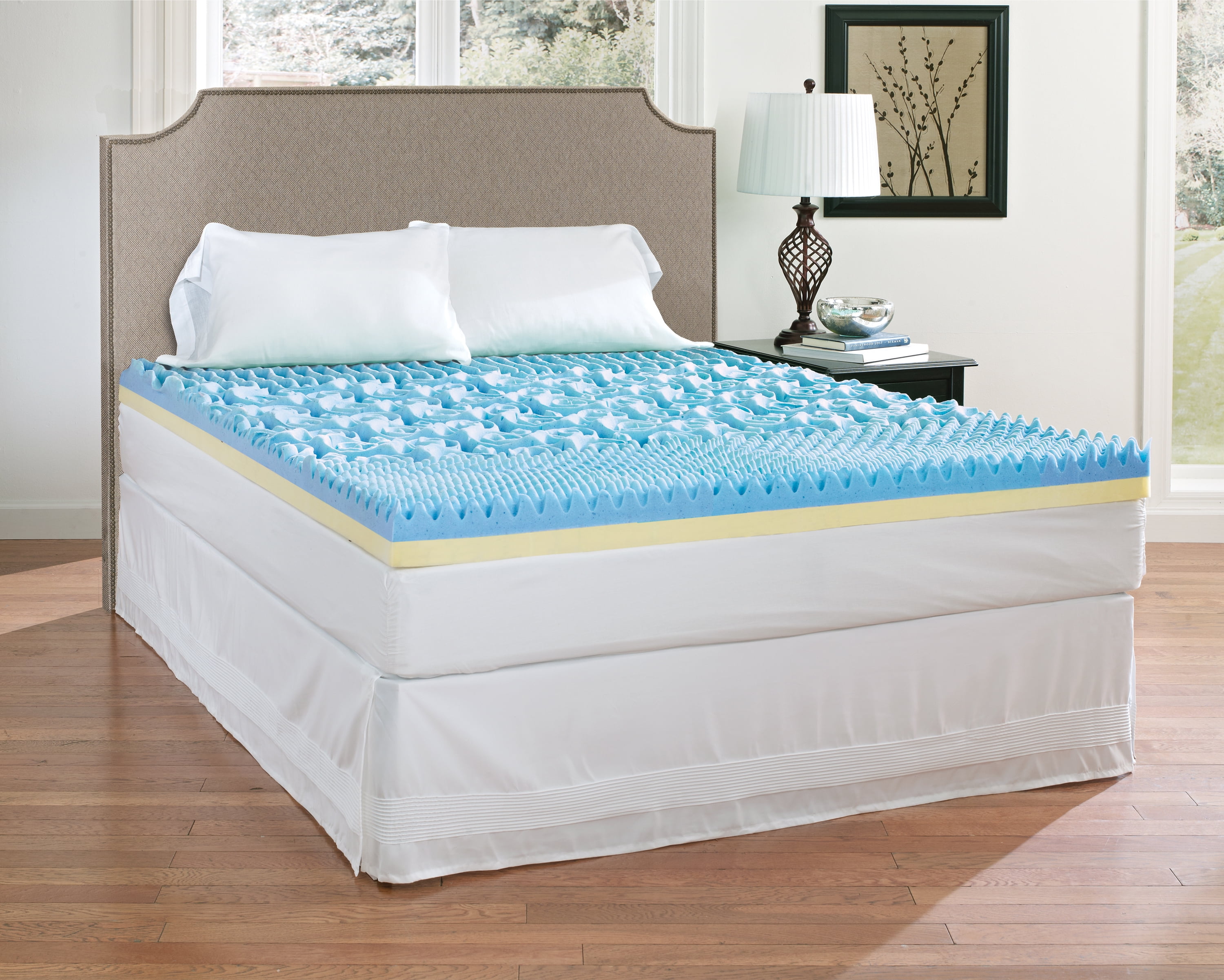
:max_bytes(150000):strip_icc()/_hero_4109254-feathertop-5c7d415346e0fb0001a5f085.jpg)
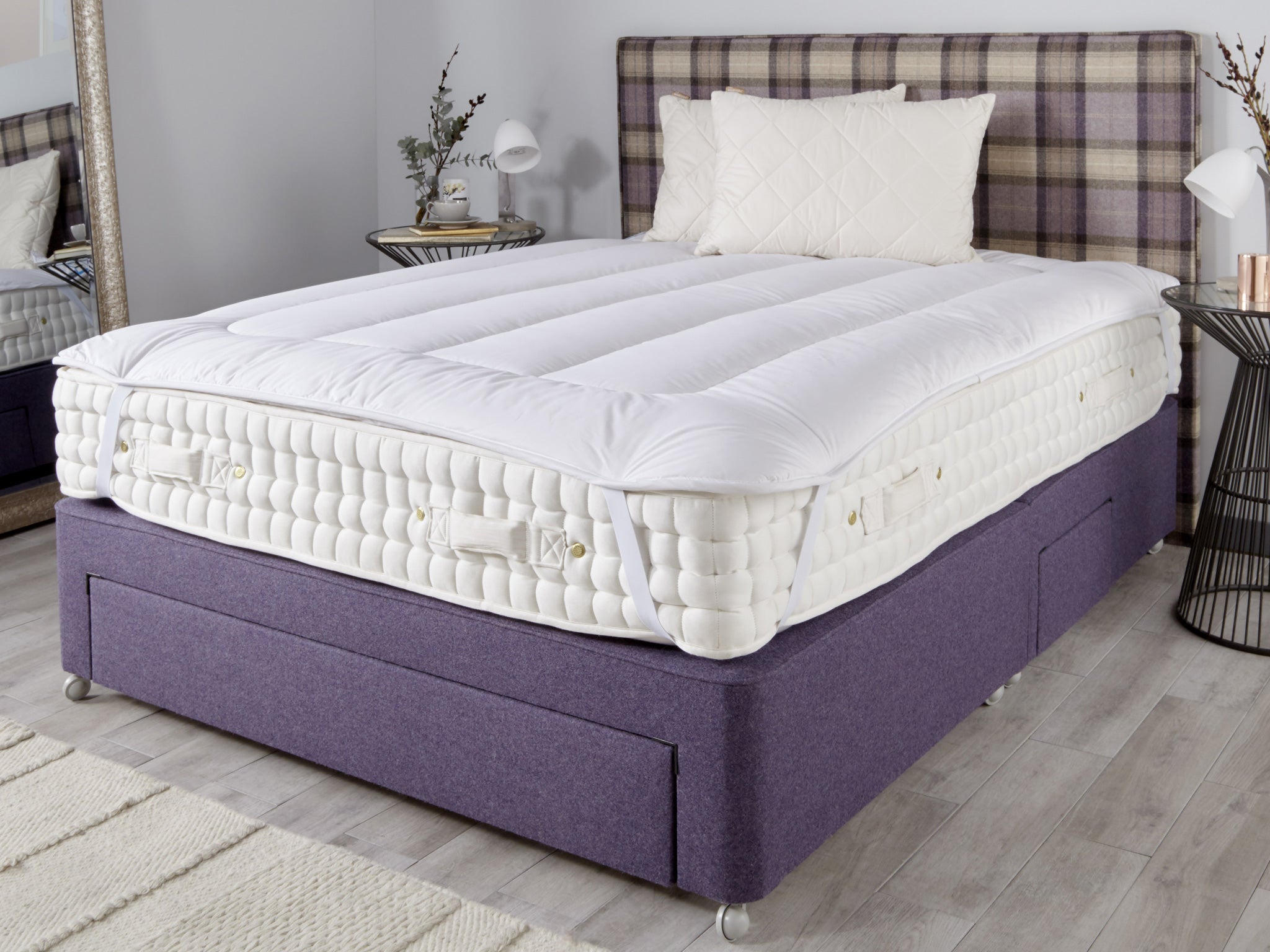


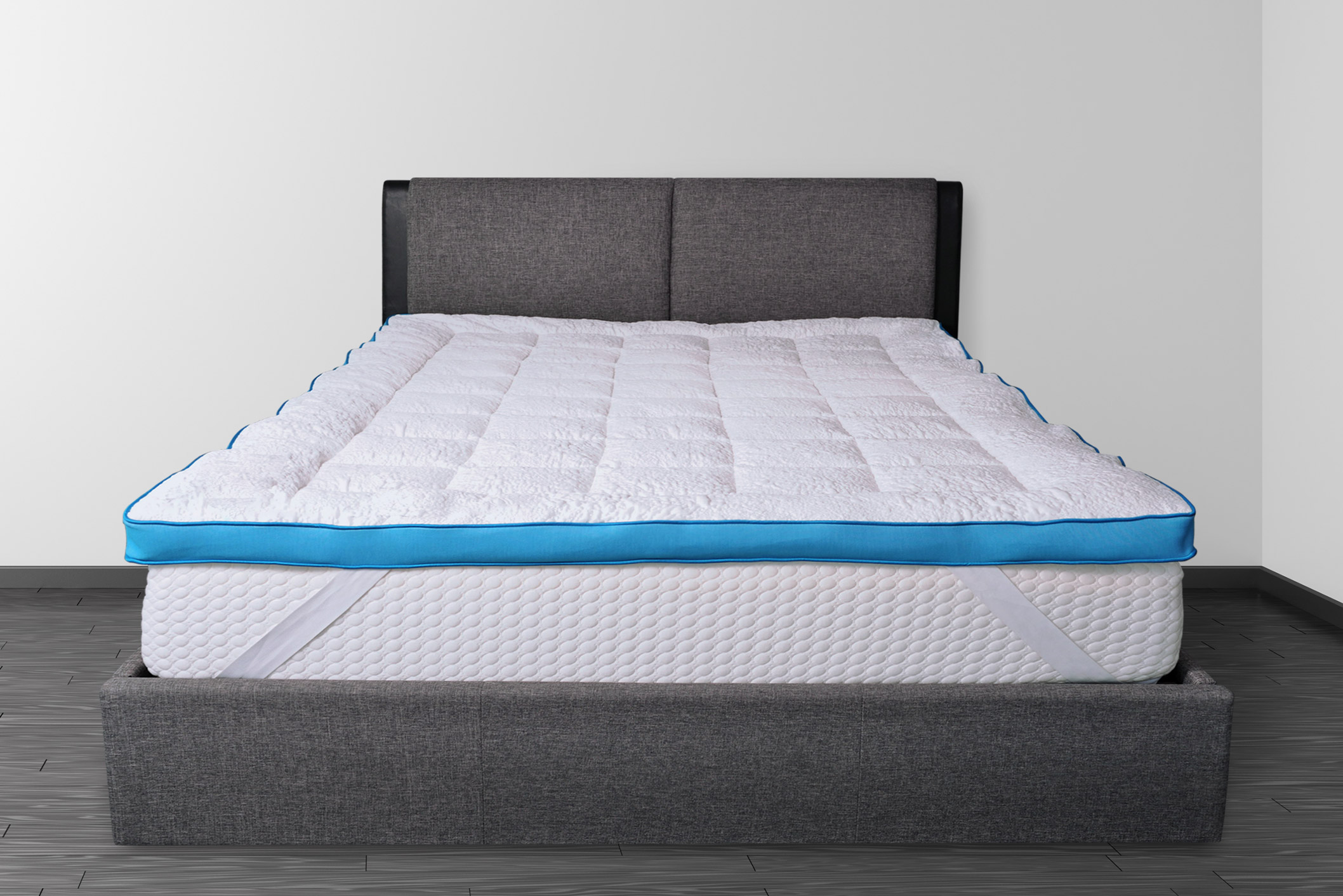




_King_Koil_VENTANA_II_t9bv-gg.jpg?fit=fill&bg=0FFF&w=1536&h=900&auto=format,compress)
